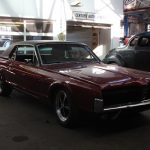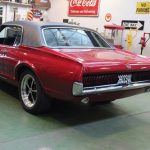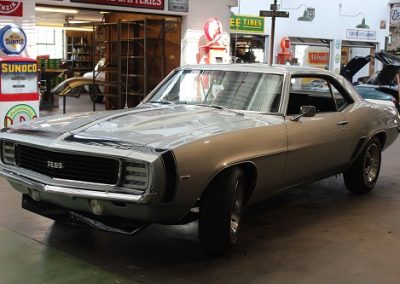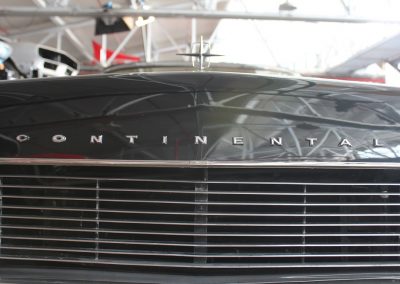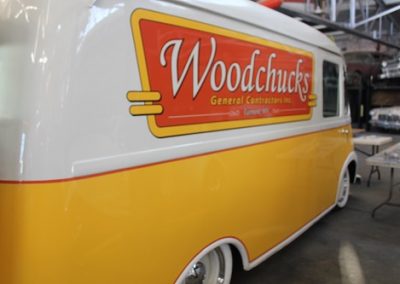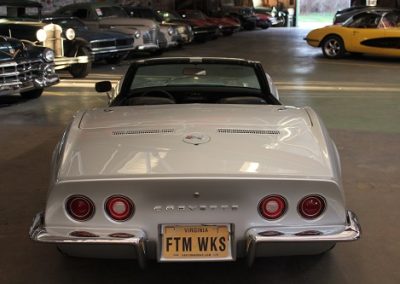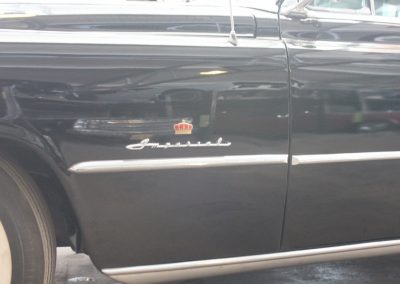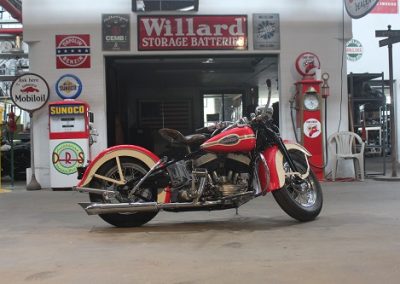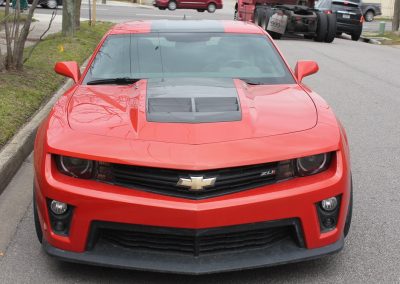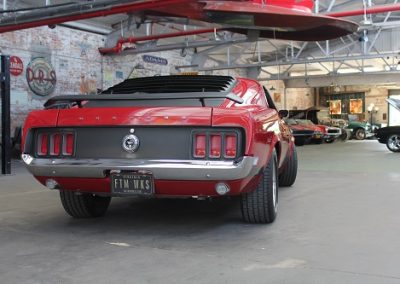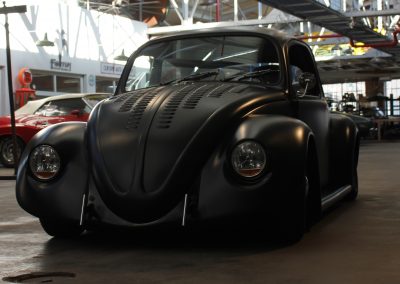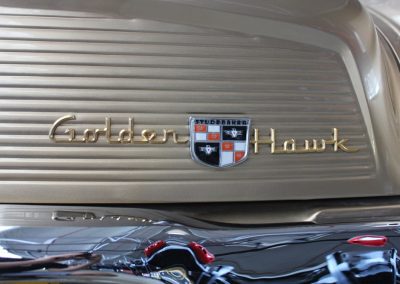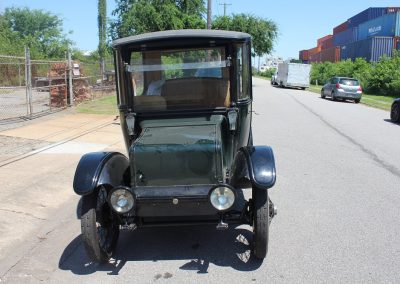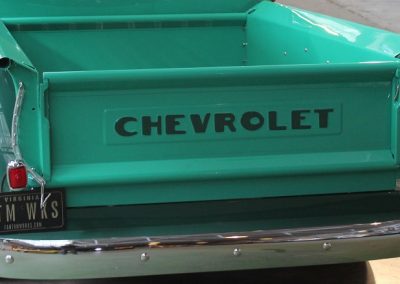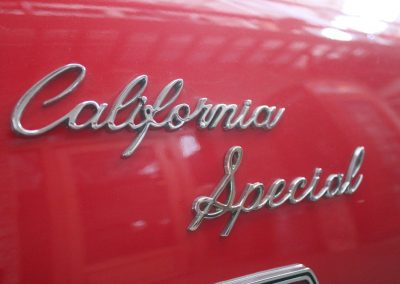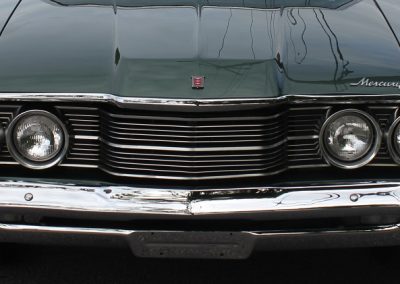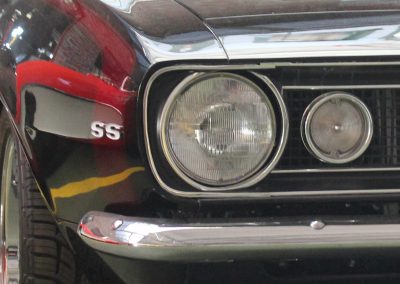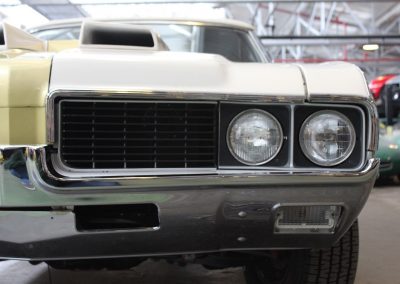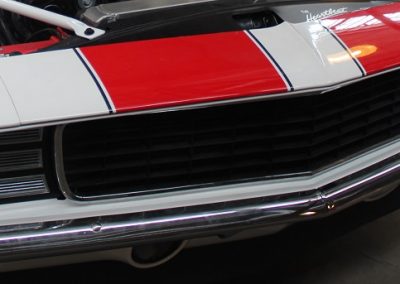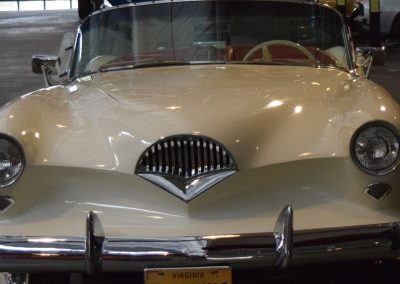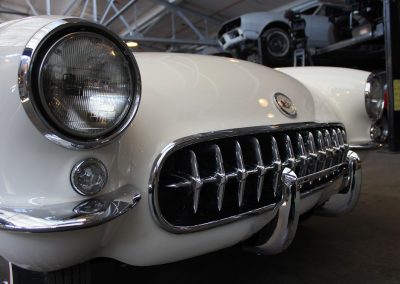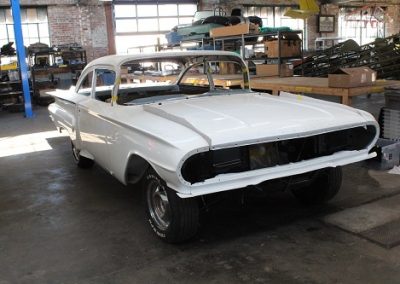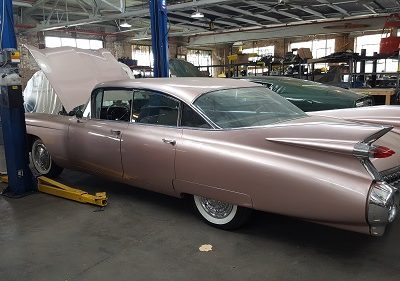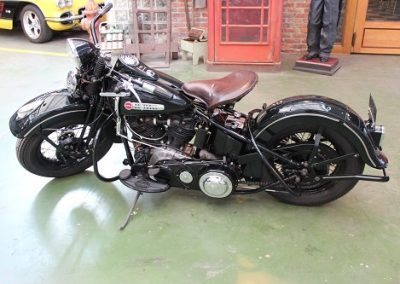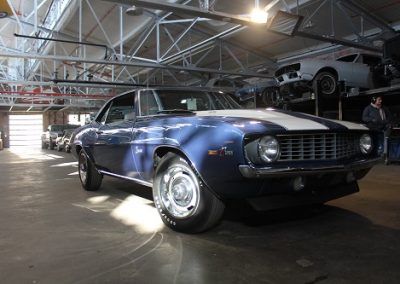1967 Mercury Cougar

As seen on Season Four of FantomWorks
Owner Insight:
Explore the Project Galleries
Arrival
Trim and Detail
Finish
The introduction of the Cougar finally gave Mercury its own “pony car”. Slotted between the Ford Mustang and the Ford Thunderbird, the Cougar was the performance icon and eventually the icon for the Mercury name for several decades. The Cougar was available in two models (base and XR-7) and only came in one body style (a two-door hardtop, no center or B-pillar). Engine choices ranged from the 200 hp (149 kW) 289 cu in (4.7 L) two-barrel V8 to the 335 hp (250 kW) 390 cu in (6.4 L) four-barrel V8. A performance package called the GT was available on both the base and XR-7 Cougars. This included the 390 cu in (6.4 L) V8, as well as a performance handling package and other performance enhancements.
The 1967 Cougar, with the internal code T-7, went on sale September 30, 1966. It was based on the 1967 refaced first-generation Mustang, but with a 3-in-longer (76 mm) wheelbase and new sheet metal. A full-width divided grille with hidden headlamps and vertical bars defined the front fascia—it was sometimes called the electric shaver grille. At the rear, a similar treatment had the license plate surrounded on both sides with vertically slatted grillework concealing tail lights (with sequential turn signals), a styling touch taken from the Thunderbird.
A deliberate effort was made to give the car a more “European” flavor than the Mustang, at least to American buyers’ eyes, drawing inspiration from the popular Jaguar E-Type. Aside from the base model and the luxurious XR-7, only one performance package was available for either model: the sporty GT. The XR-7 model brought a simulated wood-grained dashboard with a full set of black-faced competition instruments and toggle switches, an overhead console, a T-type center automatic transmission shifter (if equipped with the optional Merc-O-Matic transmission), and leather-vinyl upholstery.
This was the only generation with covered headlights. In 1967 and 1968, they were deployed using a vacuum canister system that opened and closed the headlamp doors. For 1969 and 1970, a redesigned vacuum system kept the doors down when a vacuum condition existed in the lines, provided by the engine when it was running. If a loss of vacuum occurred, the doors would retract up so that the headlights were visible if the system should fail.
The GT package, included Ford’s 390 cu in (6.4 L) FE-series big block , along with an upgraded suspension to handle the extra weight of the big engine and give better handling, more powerful brakes, better tires, and a low-restriction exhaust system. Introduced with the music of Herb Alpert and the Tijuana Brass’ “The Work Song”, the Cougar was a sales success from its introduction and helped the Lincoln-Mercury Division’s 1967 sales figures substantially. The Cougar was Motor Trend magazine’s car of the year for 1967.


